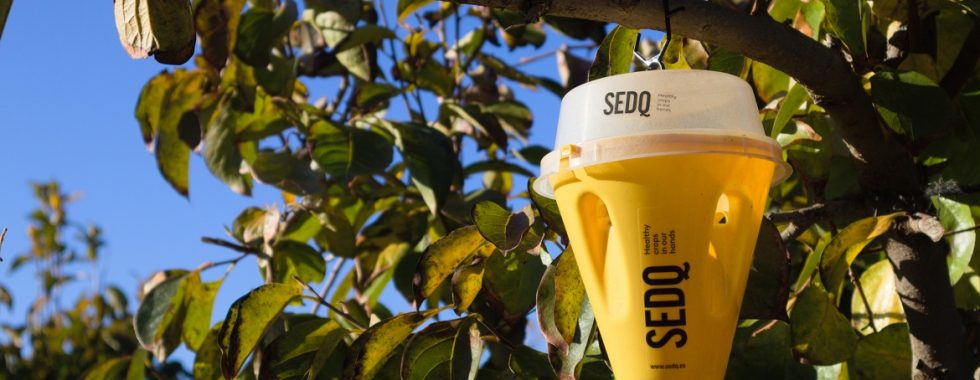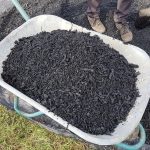Understanding Biofix: A Key Tool in Integrated Pest Management
In integrated pest management, accurate timing of control measures is crucial for effective and sustainable crop protection. One fundamental concept that plays a key role in determining the optimal timing is the biofix. The biofix serves as a reference point from which pest management decisions are made.
What is a biofix?
Biofix refers to a specific event in a life cycle of a pest that serves as a reference point for timing pest management measures. Such measures are based on pest biology, environmental conditions, or a combination of both. Biofixes are used in various crops and for different pests or diseases. Using biofix allows growers to implement targeted and efficient pest management strategies.
Types of biofixes
There are four main types of biofixes: phenological, environmental, and pheromone trap biofixes.
- Phenological biofixes are based on specific events in the crop’s phenological development, such as bud burst, full bloom, or fruit set. For example, in apple orchards, the full bloom stage might be considered the biofix for codling moth management. Once the biofix occurs, growers can initiate pest control measures based on the accumulated degree days or the phenological stage of the crop.
- Environmental biofixes are based on specific environmental events, such as the occurrence of a specific temperature threshold, rainfall pattern, or the emergence of specific plant growth stages. For instance, in the case of certain weeds, the emergence of a specific plant stage can act as the biofix, triggering herbicide applications.
- Pheromone trap biofixes are based on the capture of a certain number of pests in pheromone traps. The biofix in this context refers to the date of capture of a certain number of pests in the traps, indicating their active flight or mating period. It helps determine the optimal timing for pesticide applications. For example, in the management of black cutworm (Agrotis ipsilon), the biofix might be set at the first capture of 8 adults per trap.
- A date-based biofix is determined by selecting a specific calendar date that corresponds to a significant event in the pest or crop development. The date-based biofix provides a consistent reference point for scheduling and implementing pest management strategies.
Additional examples of biofixes
- Grape powdery mildew: The biofix for grape powdery mildew might be the first observation of symptoms or the accumulation of a certain number of GDD from bud break. From the biofix, growers can monitor GDD accumulation and time fungicide applications to effectively manage the disease.
- Corn earworm: In sweet corn production, the biofix for corn earworm could be the accumulation of a certain number of GDD from the date when adult moths are first captured in pheromone traps. From this biofix, growers can schedule insecticide applications during the susceptible stage of sweet corn ears.
- European corn borer: The date biofix for European corn borer is January 1st. This means that the first day of the year is considered the start of the European corn borer development period. The biofix is used to track the development of the European corn borer and to determine the optimal timing for insecticide applications.
The role of growing degree days (GDD)
Growing degree days (GDD) are a measure of accumulated heat that is used in conjunction with biofixes to estimate the timing of pest development. GDD calculations involve summing the daily average temperatures above a specific base temperature, specific to each pest. By tracking GDD accumulation from the biofix, growers can estimate the development stages of pests or diseases and make informed pest management decisions.
The Value of Biofixes in Pest Management
Biofixes are valuable tools in integrated pest management, enabling growers to make informed decisions about the timing of control measures. Whether based on phenological events or environmental factors, biofixes provide a reference point from which pest management strategies can be developed. By understanding the different types of biofixes and their application in specific crops and pest scenarios, growers can enhance their ability to prevent and manage pest infestations effectively.
Moreover, the integration of growing degree days (GDD) with biofix calculations adds another layer of precision to pest management. GDD allows growers to track accumulated heat and estimate pest or disease development stages, aiding in the timing of control measures. This combination of biofix and GDD provides a dynamic framework that aligns pest management interventions with the specific needs of the crop and the life cycle of pests.
It is important to note that biofixes are usually not fixed dates but rather dynamic indicators that respond to the biological and environmental conditions of a given season. Regular monitoring of pest populations, weather patterns, and crop phenology is essential to accurately determine the biofix and make timely management decisions.








